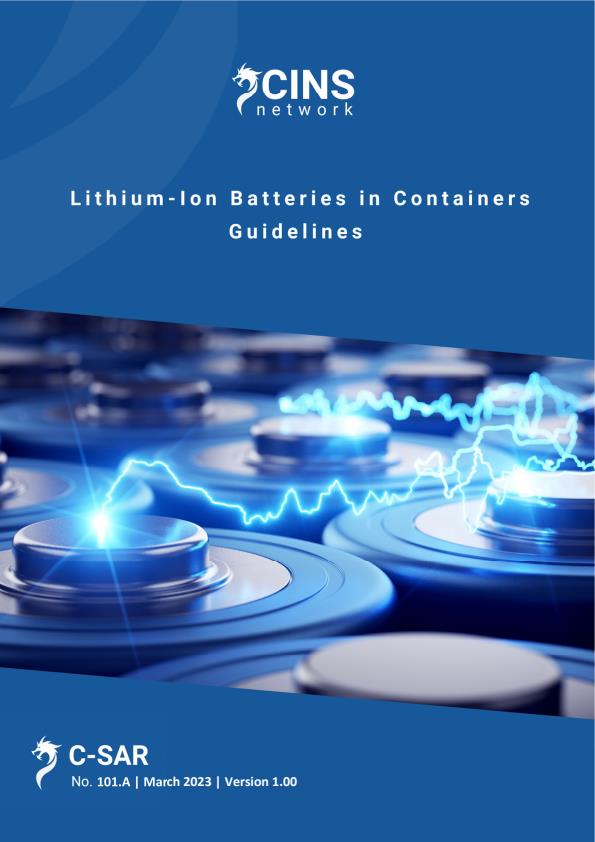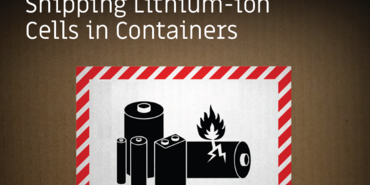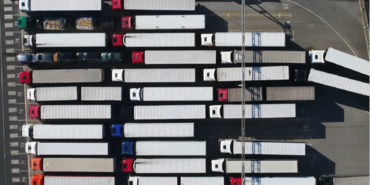CINS - Lithium-Ion Batteries in Containers Guidelines
There is a general recognition in the maritime industry of the need for a greater commitment to health, safety, security and the environment. The need for business, government, and non-governmental organisations to work together to tackle the most pressing issues and societal challenges has never been clearer.
Safe Carriage of Lithium Ion Batteries
These Guidelines produced by the global carrier CINS Network is intended to highlight the risks that Lithium-Ion Batteries can present and provide suggestions for identifying those risks and ensuring the safe carriage of Lithium-Ion Batteries.
All stakeholders involved in the carriage of Lithium-Ion Batteries in containers are asked to carefully review these Guidelines to determine if they can be implemented and applied to their specific operations and requirements.
In particular, shippers and stakeholders handling, offering and providing storage or transport of Lithium-Ion Batteries, should review the safe carriage of Lithium-Ion Batteries together with their customers, suppliers, manufacturers and producers, to apply and plan the supply chain transport in order to comply with international safety, health and environmental legislation and communicate the relevant information and documentation to all stakeholders in the supply chain including, but not limited to:
- International Maritime Dangerous Goods (IMDG) Code, Code of Practice for Packing of Cargo Transport Units (CTU Code) and Cargo Stowage and Securing (CSS) Codes, amongst others;
- national applicable legislation,
- training and knowledge of the associated risks and hazards when a Lithium-Ion Battery fails and goes into thermal runaway,
- fault/ failure detection and related required actions,
- suppressing, extinguishing and post-fire management
Technology is constantly evolving, and risk control factors also require constant updates to deal with both risks and opportunities. Human risk control factors are particularly unpredictable, which is why any system must constantly take account of both the technological and human elements, new technologies, systems and devices and human judgement and behaviour. This Guideline addresses both the technological and human aspects of risk control for the carriage of Lithium-Ion Batteries.
Documents
CINS Lithium Ion Batteries Guidelines 24 March 2023 (7.05 MB) 23/03/2023
- Author
- Staff Author
- Date
- 28/03/2023






